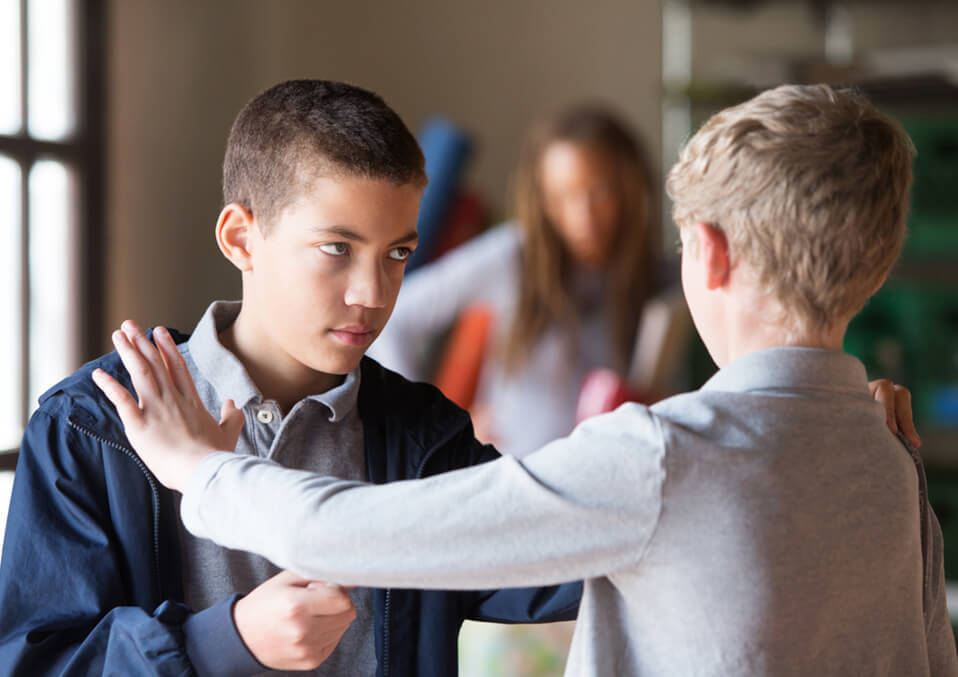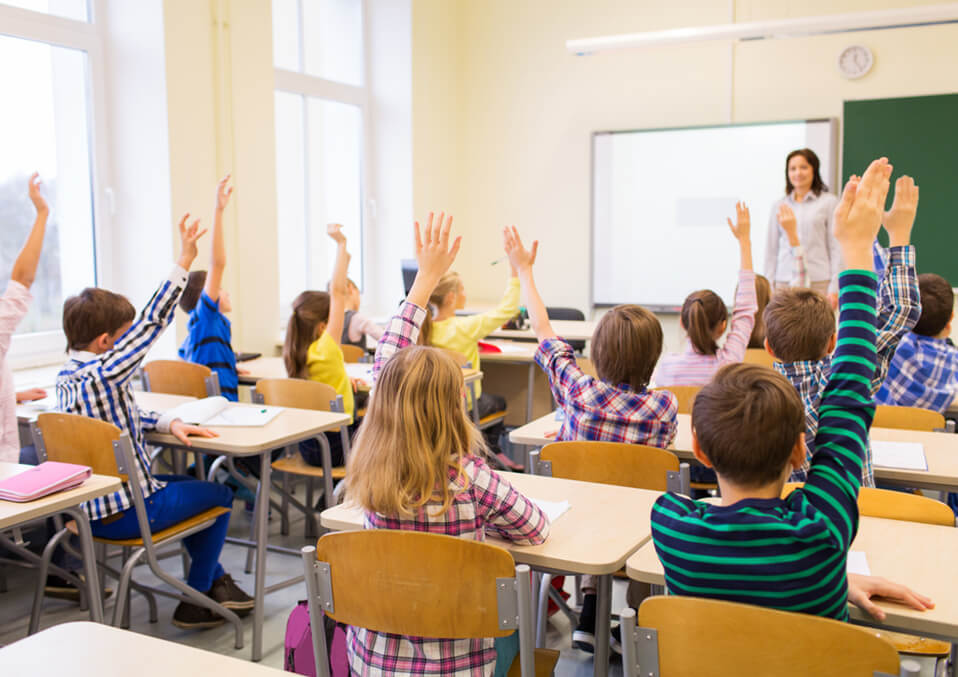
Thriving to raise children in a good way is praise-worthy work. Parents work day in and day out to make sure that their kids are being taken care of. As soon as kids grow up to reach the school age, more challenges come on the way for parents. Kids will now be exposed to a new environment, new people and new activities different from home. However, the school environment and the teachers are often the parents’ best friends. They have the same goal, to mold the children in their over-all well being. Parents may wonder how the school really helps them to improve their kids’ behavior. This article will tackle the obvious and less obvious ways that the school is able to support the parents in improving the children’s behavior.
Truly, behavior problems on kids can interfere with his learnings and mental growth. If your child’s aggression, hyperactivity, and inattention are getting him in trouble, here are some ways onto how teachers and the school environment and culture can help these young ones do well.
Here are 10 school strategies that can help parents to improve their kid’s behavior:
1. Learning why kids misbehave.

Poor behavior usually grows from a skill deficit. A child may throw his pencil across the room to express his frustration that he can’t express verbally. Or a kid who feels bullied may react by pushing a classmate on the ground. In order to prevent these incidents of misbehavior, teachers identify its root causes. Afterward, they create a system that promotes self-control.
2. Making sure expectations are clear
When kids know exactly what’s expected of them, they feel more in control of themselves. That’s why teachers begin each new school year by explaining expected behaviors. Teachers state rules that are positive in a way so that children will have a fresh start in doing their best.
3. Teach routines explicitly
For instance, a child may struggle to settle in quiet reading time. He provokes other children and walks around the room. A teacher may need to work on a one-on-one with students like this and teach them daily routine at school. A small card that spells out every step he needs to follow when reading quietly may benefit him. When he completes the steps and behave properly, a small reward validates his good behavior.
4. Giving better directions that kids can follow

When teachers make eye contact, kids are better able to follow their instructions. Of course, the teacher can’t hold an eye to everyone in the classroom at once but she can do a quick scan to the room to make sure that all students are looking at her. It ‘s also essential when teachers break tasks into steps. It makes it easier for the kids to digest the direction and do well in the activities.
5. Teaches emotional regulation
By helping the kids recognize physical signs of strong emotions, teachers can help them regain emotional control. They may advise and offer strategies or techniques as to how to react appropriately during situations.
6. Creates external structure in the classroom
Classroom structures are created in a way that students are less likely to act out. The seats are may be positioned in a way that they are all easily accessible by the teacher. Teachers often set up “stations” around the classroom for a variety of activities. That teaches the child that he cannot just walk and sit wherever he wants but he should follow the classroom activities.
7. Teachers make consequences right away

When children misbehave, consequences are followed immediately. The child will be more likely to change his behavior in the future when he understands and associates the punishment with his undesired behavior.
8. Making a good behavior a class goal
When you single out one student, it can do bad than good because that can lead to more bad behavior. The student might feel embarrassed and might trigger more undesired behavior from him. Instead, the teachers set up a behavior management system where the whole class needs to adhere so that no child feels that the teacher is specifically targeting him.
9. Schools give way to physical movement
Years of research shows a direct link between the physical movement to mental stamina, better behavior, and improved cognitive ability. All children conduct themselves better when they are given frequent chances to move throughout the day. For instance, a trick of having children march while reciting math facts will help them with memorization. Not only that, it will burn extra energy and lessen the chances of outbursts later on.
10. Provide options to children
One strategy that teachers find effective in avoiding undesirable behavior from kids is to present them with a choice. If a child refuses to work on an activity, the teacher can ask if he wants to do it with a partner or go to a quiet room to finish on his own. In this instance, he needs to complete his activity but the teacher gives him some control or options over exactly how it gets done. This strategy can avoid outbursts from children and helps him learn to have patience and flexibility in things that he doesn’t want to do.
These are just some ways that schools and teachers are contributing to mold and improve the kids’ behavior when they are under the school’s supervision. There are more ways that schools do for sure, but it will help the parents to be aware of these strategies and create patterns of teaching system to their kids when they are at home. In that way, kids’ learning system will not stop but will just flow naturally. Though schools and teachers help in improving the kids’ behavior and attitude, parents are the main teachers of their children. That’s why with the right amount of discipline and help from other sources like the school, it will definitely go well with the children.
Read also:
- Physical Education Activities Your Kids Must Try
- Impact of Parenting Styles on a Child’s Social Development
- Major Effects of Parenting Styles on Children’s Behavior and Development


